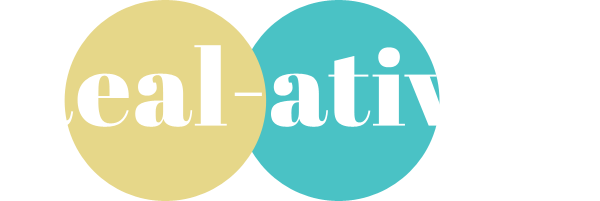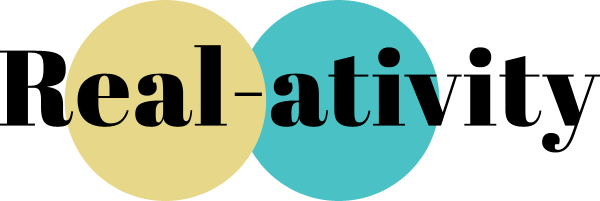FHA Financing
FHA Financing Has Loose Standards: Making Home Ownership Accessible to More People
FHA stands for Federal Housing Administration. FHA loans are backed by the government. This government insurance mitigates the lender’s risk; as a result, FHA financing is easier to qualify for than conventional financing in terms of credit scores and loan-to-income ratios.
The minimum down payment is as low as 3.5%. In the past, this low down payment made FHA financing attractive to buyers with little savings. Nowadays conventional financing is available for only 3% down. So in most cases, buyers select FHA because they have difficulty qualifying for a conventional loan.
Mortgage Insurance Premiums
The downside to FHA loans is the upfront mortgage insurance premium (MIP). MIP covers a percentage of the lender’s loss if you default on your loan. FHA borrowers don’t receive any protection from MIP policies, but they are responsible for monthly premiums for the life of the loan.
Typically they pay two different kinds of mortgage insurance premiums:
- The upfront premium is approximately 1.75% of the loan amount.
- Annual premium of 0.85% for most borrowers (sometimes more).
FHA Appraisals
If you are looking to purchase an older home, you will need to be sure that the property is in good condition and does not pose any health or safety risks. You could be denied FHA financing if there are issues with the roof, plumbing, electrical, heating or cooling systems, or appliances. Termites and lead-based paint are also major red flags for FHA lenders. If you opt for FHA financing, be sure you review FHA Appraisal Guidelines before you begin your home search. Furthermore, FHA has loan limits. Visit HUD.gov to find the limit in your county.


